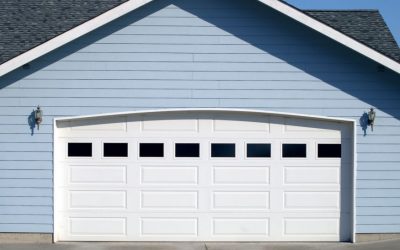Fabrication is the process of cutting, shaping and forming various materials into an end product. The fabrication method used to produce an item depends on a number of factors, including appearance, product’s purpose and budget. Sheet metal fabrication in Englewood CO, uses both plastic and metal fabrication methods. Before you choose which one you want for you next project, you should understand the pros and cons of both.
Fabrication Processes
Both metal and plastic fabrication involves a variety of manufacturing processes. This allows for a myriad of selection and customization options in product design. Some common processes include:
*Cutting: Several tools and machines are used to remove excess material in order to meet shape and size requirements. Examples include cutting torches and band saws.
*Forming: This process involves using a tool such as hydraulic brakes, in order to press or bend products at a specific angle.
*Machining: These processes include drilling, lathing and honing and use either automated or manually controlled equipment to shape the material.
*Welding: This is the process of joining two work pieces together by applying pressure or heat in order to form a single product.
Pros – Plastic Fabrication
There are several plastics that may be used in the fabrication process, including Plexiglas, acrylic and nylon. Advantages of using these materials include:
*Easy forming: Plastic can be formed into both simple and complex shapes with relative ease, due to its high malleability and low melting point.
*Reduced finishing: Plastic can be colored before fabrication, which can eliminate the need for post-treatment processes such as painting.
*Faster production: Using plastic often delivers fast turnover rates and quick cycle times.
*Lighter weight: Plastic products typically weigh less than those made of metals.
Cons – Plastic Fabrication
Using plastic can be advantageous but it is not without limitations. These can include:
*Limited wear resistance: Plastic does not hold up well to elevated temperatures or corrosive elements.
*Structural weaknesses: Most plastics are not suitable for products that require high structural strength, like building materials and heavy equipment components.
Pros – Metal Fabrication
Some of the commonly used metals used for fabrication include aluminum, steel, iron, nickel and copper. The advantages of using metal include:
*Heat resistance: Metal can withstand higher temperatures, thus is less likely to degrade.
*Improved strength: Metal is stronger and longer-lasting than plastic.
*Versatility: Metal can be fabricated via a wide range of processes, such as deep drawing, casting and soldering.
Cons – Metal Fabrication
Metal is not the ideal choice for every application. Disadvantages include:
*Design limitations: The molten flow behavior of some metals make it difficult/unsuited for forming complex shapes.
*Greater production time: Metal fabrication generally requires post-production processes such as painting and finishing.
Knowing the pros and cons of sheet metal fabrication will help you make a more informed decision.
Exotic welding offers a wide range of fabrication processes including sheet metal fabrication in Englewood CO. Contact them today to discover how they can help with your next project.



